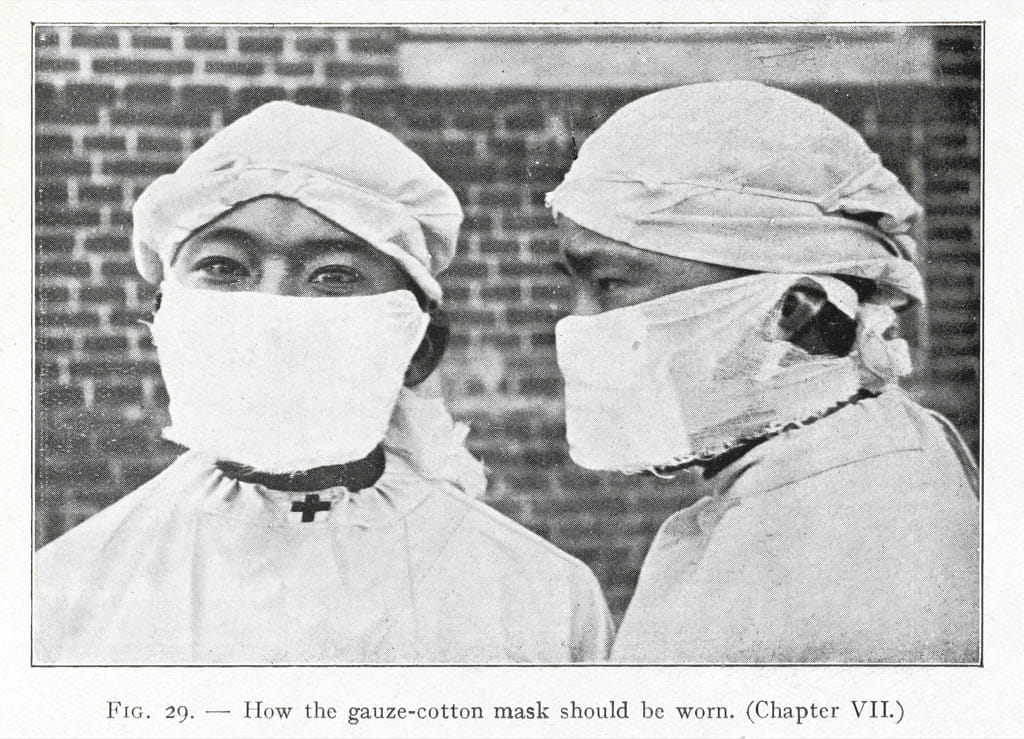Dr. Wu Lien-teh: Malaysian’s Forgotten Plague Fighter
By Joan Liao
September 2024 FEATURE
References
- [1] Lee, K. H., Wong, D. T., Ho, T. M., & Kwan Hoong, N. (2014). Dr Wu Lien-teh: modernising post-1911 China’s public health service. Singapore Medical Journal, 55(2), 99–102. https://doi.org/10.11622/smedj.2014025
- [2] Wu, Y.-L. (2016). Memories of Dr Wu LienTeh: Plague Fighter. Areca Books.
Joan Liao

is a Sabahan who moved up from KL to experience living as a Penangnite. She also participates in advocacy, giving voices to those forgotten by society.




